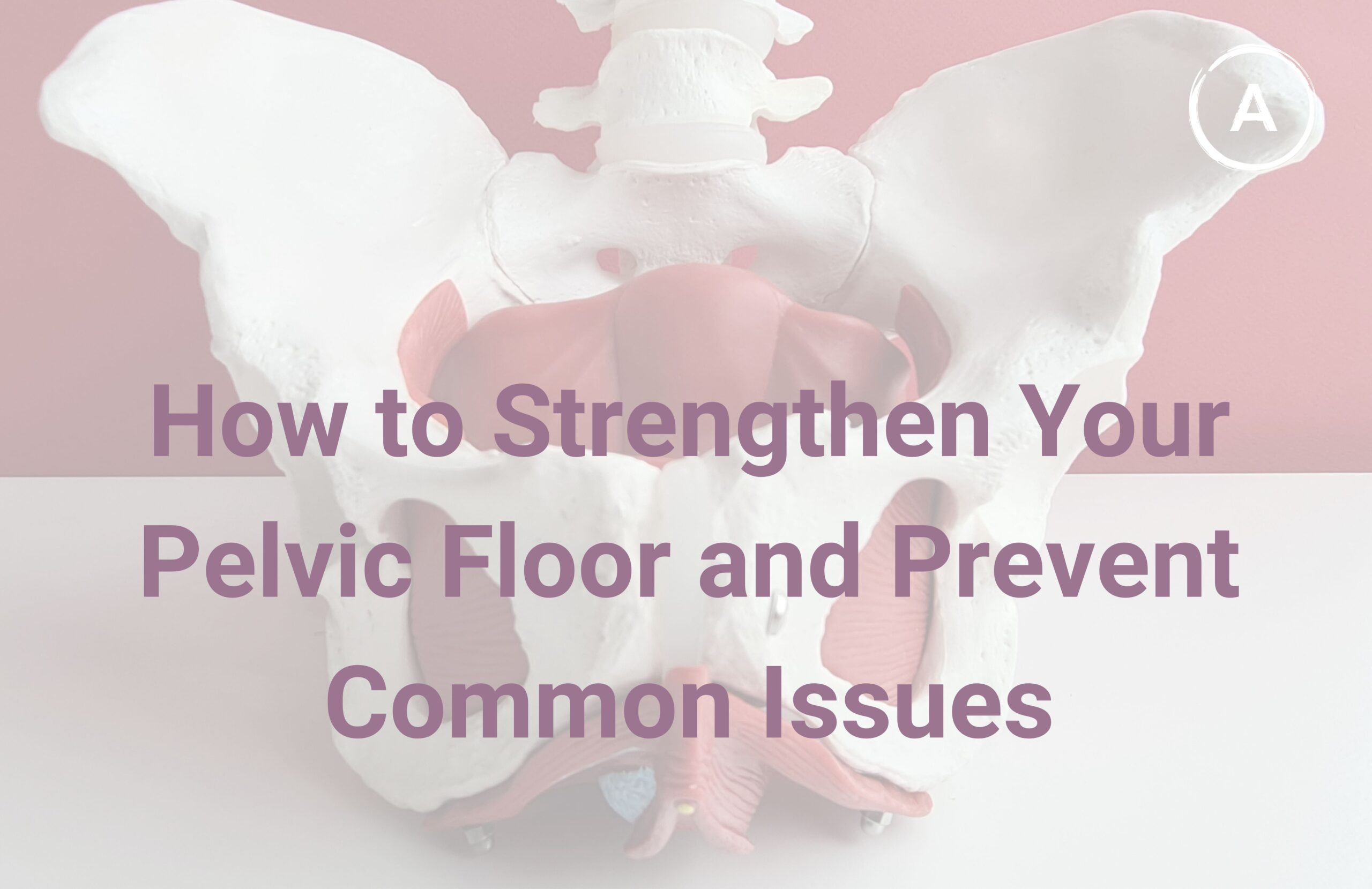

Your pelvic floor might not be something you think about often—but it plays a crucial role in your overall health and quality of life. From bladder control to sexual function and even posture, this group of muscles does far more than many realize. Whether you’re recovering from childbirth, aging, or simply looking to improve core strength, understanding and strengthening your pelvic floor can have lasting benefits.
The pelvic floor is a group of muscles and connective tissues that stretch like a hammock from your pubic bone to your tailbone. These muscles support your bladder, bowel, and (for women) the uterus. They also help control urination, bowel movements, and sexual function.
When these muscles are weak or dysfunctional, it can lead to common issues such as:
Several factors can weaken the pelvic floor, including:
You may have a weak pelvic floor if you notice:
Kegel exercises involve tightening and holding the pelvic muscles as if you’re trying to stop the flow of urine. Research consistently shows that regular Kegels improve symptoms of urinary incontinence and pelvic organ prolapse. Research also shows that they are more successful when completed under the management of a Physio and can take up to 13 weeks to see results.
How to do Kegels:
Evidence: A 2018 review in the Cochrane Database found that pelvic floor muscle training significantly improves symptoms of stress and urge incontinence.
If you’re unsure whether you're doing Kegels correctly, pelvic floor physiotherapy can help. Therapists use biofeedback and guided exercises tailored to your needs.
Evidence: A 2020 study in the International Urogynecology Journal showed that physical therapy, including biofeedback, leads to significant improvements in pelvic floor function.
Pilates emphasizes controlled movement and core stability, which often includes the pelvic floor. Some Pilates exercises can naturally engage and strengthen these muscles. If you have pelvic floor issues, we suggest seeing a Pelvic Health Physio before you start to ensure you correctly engage your muscles as doing them wrong can ofetn worsen symptoms.
Evidence: Studies, such as one in Physiotherapy Theory and Practice (2015), have shown that Pilates improves pelvic floor muscle strength and reduces urinary incontinence.
Excess weight increases pressure on your pelvic floor, making it harder for the muscles to function well. A healthy diet and regular exercise can reduce this strain.
Evidence: A study in Obstetrics & Gynecology (2005) found that even a modest weight loss of 5-10% can significantly reduce urinary leakage.
Chronic straining from constipation weakens the pelvic muscles. Eat a fiber-rich diet (25–35 grams/day), stay hydrated, and be active to keep bowel movements regular.
Avoid going "just in case" too frequently, and don’t rush urination. Over time, poor bladder habits can affect pelvic muscle function.
If you’ve tried exercises but still experience symptoms like frequent leakage, pelvic pain, or a bulging/ dragging sensation, consult a pelvic health physiotherapist. Early intervention can prevent more serious problems.
Your pelvic floor health is essential, and taking steps to strengthen it is an investment in your well-being. With regular practice of evidence-based exercises like Kegels, attention to posture, and healthy lifestyle habits, you can prevent or manage many common pelvic floor issues.
Start today—a few minutes a day can lead to big improvements in your quality of life.
Recent Comments